Honda Spot Welds 'An Exclusive Technology'

It’s no secret that Honda builds some of the safest vehicles on the road today. Their products consistently perform well in both NHTSA and IIHS crash tests.
A lot of work goes into earning these scores, with engineers sweating every detail right down to the spot welds that hold a car or truck together.
Spot welds are also a key reason why this company’s vehicles are so safe. Marc Ernst, chief engineer and large project leader at Honda said they’ve implemented proprietary technology with these metal-to-metal connections. Unfortunately that’s about all he could say. “It’s an exclusive technology that I can’t tell you about but I know that it’s something that we own so it’s really important.”
SEE ALSO: Why Rear-Drive Cars Struggle in Small-Overlap Test
Pressing him for more information Ernst said, “Everything is in the details, it’s how you do your spot welds, it’s how you do the actual parts and it’s how you do every little detail about when things crack or break [during a crash].”
The company’s Advanced Compatibility Engineering (ACE) bodies provide maximum protection for occupants. A key reason for their inherent safety is the way crash loads are distributed through connected structural elements. This helps spread forces more evenly throughout a vehicle’s body, which keeps it away from occupants.
The IIHS small-overlap test is one particularly demanding crash evaluation. It involves a vehicle slamming into a five-foot-tall immovable barrier at 40 miles an hour. Only 25 percent of the car or truck’s front end impacts the obstacle. Understandably this test puts enormous stress on a vehicle’s structure, which is what makes it so challenging to pass.
“You have to have a good understanding, an understanding of how things can change in that crash and making sure you manage all the different modes to get the best possible performance,” said Ernst. Going on he added, “That’s mostly what we do, and then we also combine it with really good simulation and within simulation you can test all the different variations.”
SEE ALSO: What are IIHS Ratings?
But how do you improve a simple spot weld? Basically they’re just places where metal pieces are melted together. Shedding a little more light on Honda’s magic Ernst said, “In our ability to simulate the spot weld, what is the spot weld really doing?” He noted that precise computer models and accurate mock-ups are absolutely critical.
“It’s important for us to have the simulation match the actual vehicle,” said Ernst, because if it doesn’t line up then the vehicle is not going to perform as you expect in the real world. Bringing all of this together maybe Honda hasn’t revolutionized the simple spot weld; perhaps what they’ve done is a better job of learning how these joints perform in a crash and then applying them to the optimum places in a vehicle.
Discuss this story on our Honda Pilot Forum.

Born and raised in metro Detroit, Craig was steeped in mechanics from childhood. He feels as much at home with a wrench or welding gun in his hand as he does behind the wheel or in front of a camera. Putting his Bachelor's Degree in Journalism to good use, he's always pumping out videos, reviews, and features for AutoGuide.com. When the workday is over, he can be found out driving his fully restored 1936 Ford V8 sedan. Craig has covered the automotive industry full time for more than 10 years and is a member of the Automotive Press Association (APA) and Midwest Automotive Media Association (MAMA).
More by Craig Cole



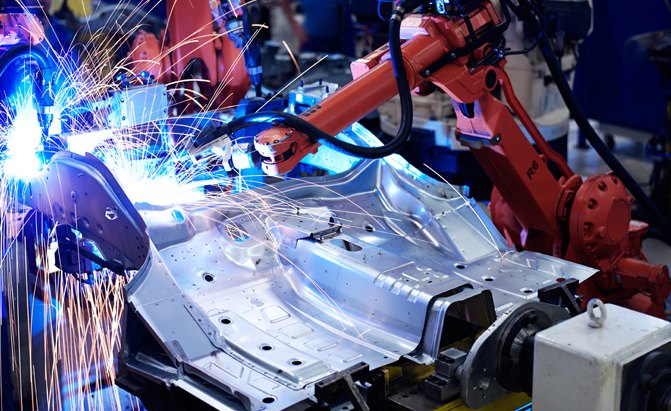




















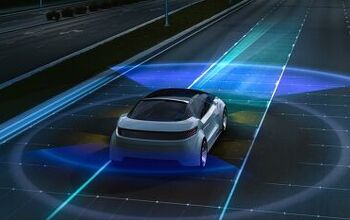
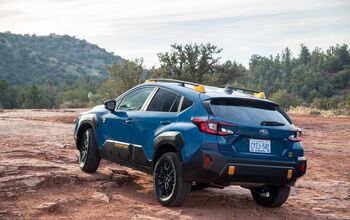




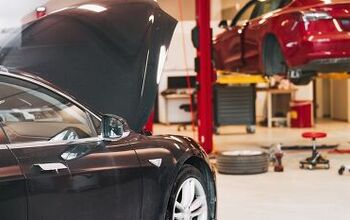
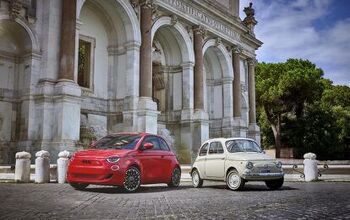

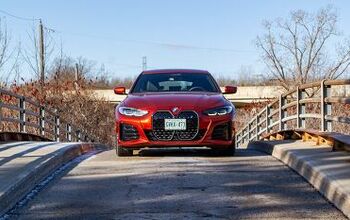
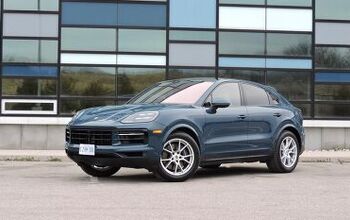
Comments
Join the conversation